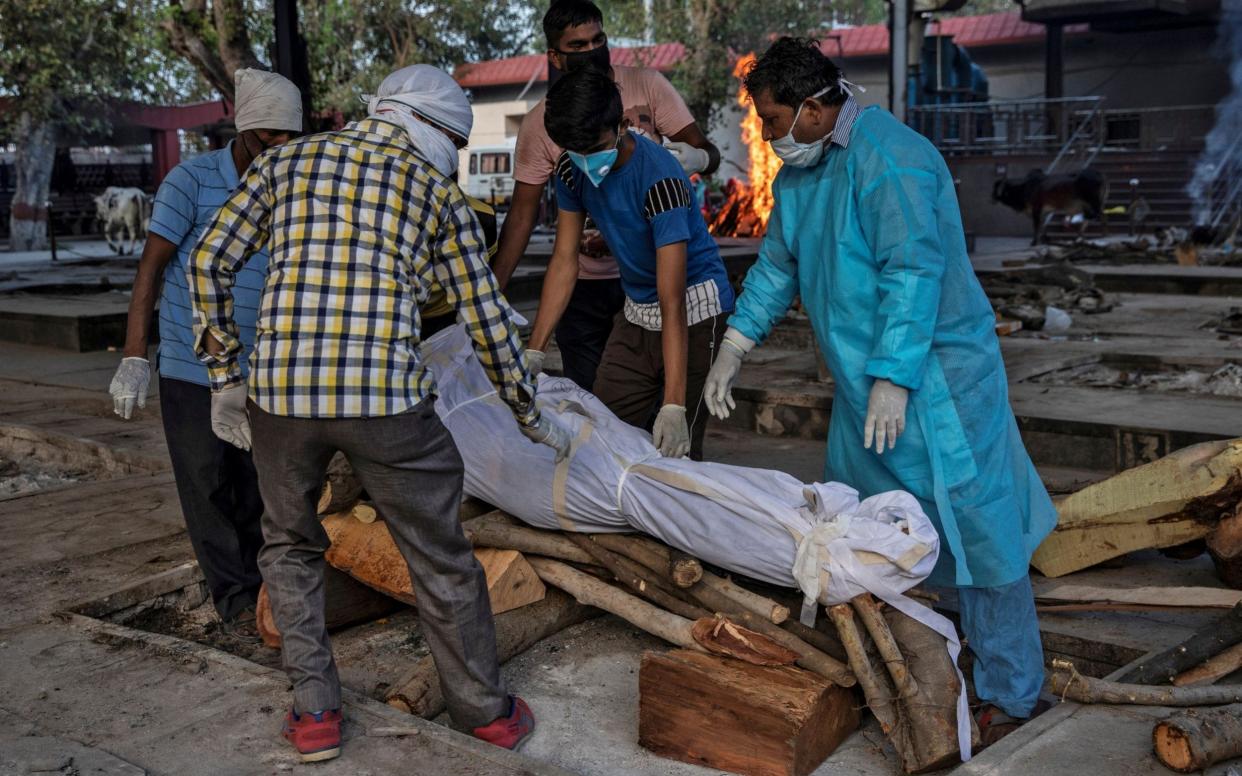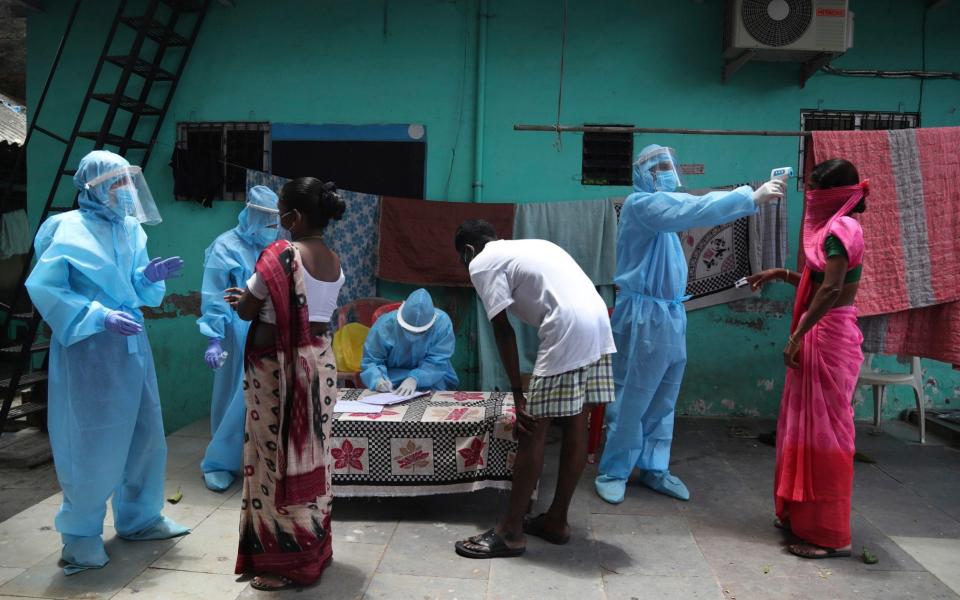Badly-hit India will only hit virus peak in November, experts warn, as train carriages become wards

India will not reach its coronavirus peak until mid-November, according to researchers from the Indian Council of Medical Research (ICMR), as an overwhelmed Delhi plans to convert train carriages into isolation wards to cope with a surge in infections and a new lockdown looms for the badly-hit city of Chennai.
Last week, some public hospitals in Delhi hospitals were unable to admit coronavirus-positive patients as they had already run out of beds, despite fewer than 40,000 cases being recorded.
India’s capital only has 9,816 dedicated beds for coronavirus patients but its deputy chief minister Manish Sisodia has warned 500,000 people will be infected by July 31.
The Indian Government has now stepped in and announced a plan to convert 500 train carriages into isolation wards in Delhi for around 8,000 people.
In Chennai and surrounding areas, a new lockdown will be imposed on Friday for 15 million people after a spike in cases.
The number of tests being carried out in Delhi will be doubled over the next two days, and a temporary 10,000-bed hospital is being built in the Radha Soami Satsang Beas Ashram.

The Delhi government is also exploring the possibility of converting other large public places into treatment facilities.
India has the fourth-highest number of cases in the world - now over 332,000 - while the number of one-day infections surpassed 12,000 for the first time over the weekend.
Nearly 60 percent of India’s cases are found in seven densely-populated cities, including Delhi and Mumbai, with infections surging since a nationwide lockdown was lifted on June 1.
The predicted mid-November peak is also fueled by the ongoing movement of some 100 million migrant labourers from India’s cities, heading back to their homes in the rural periphery.
Some returning migrants are expected to take coronavirus with them to areas that had not been previously exposed.
“Instead of the use of the word “community transmission”, we need to understand the extent of the spread of the disease. We are far from the peak,” warned Dr. Nivedita Gupta, Chief Epidemiologist at the ICMR.
Protect yourself and your family by learning more about Global Health Security

